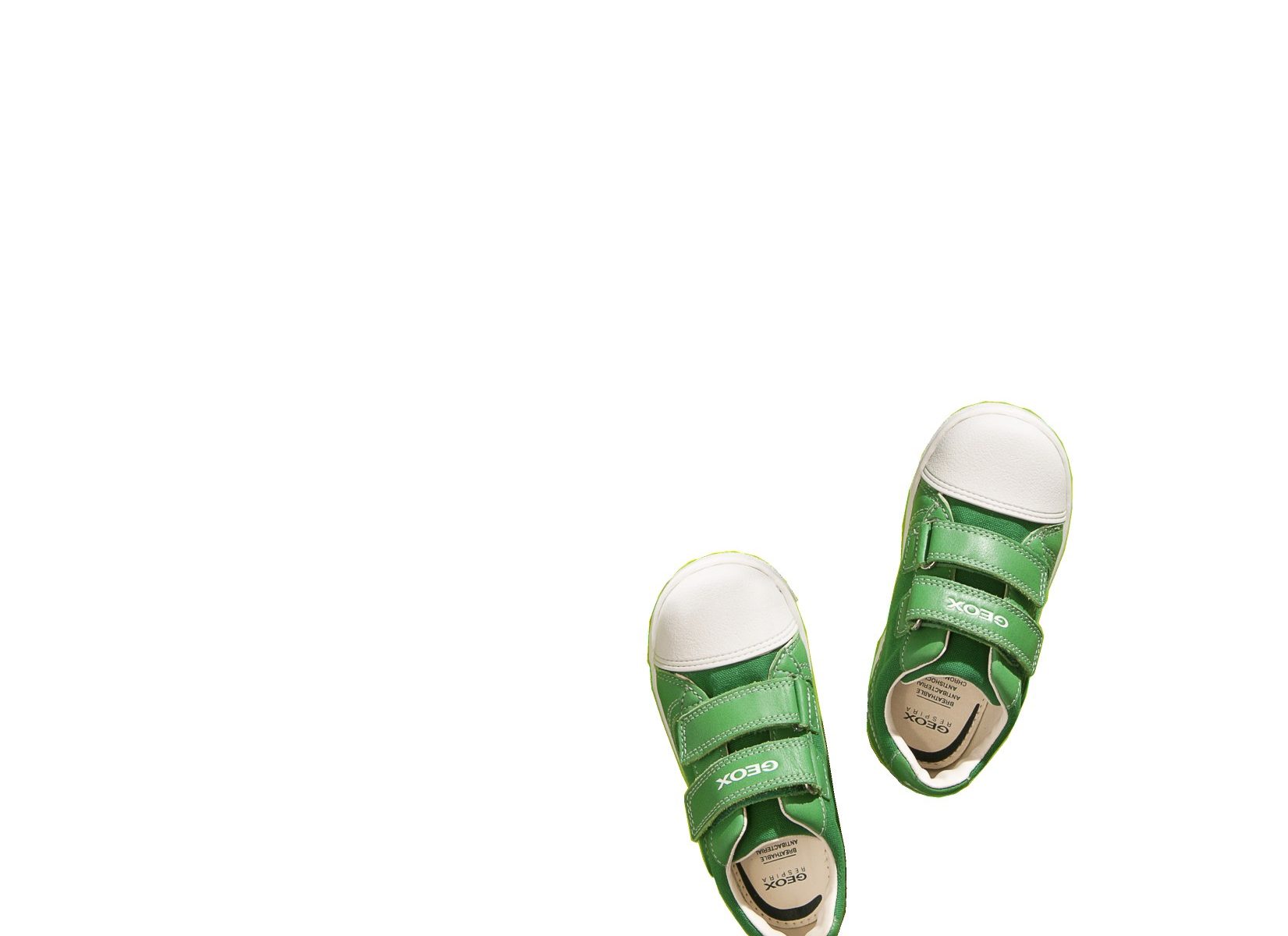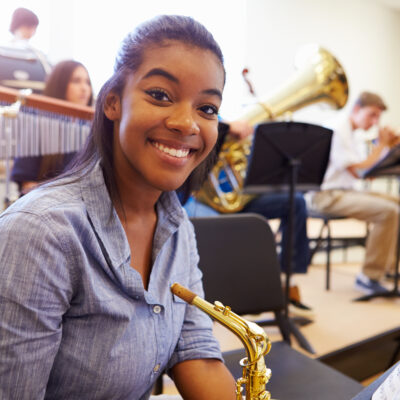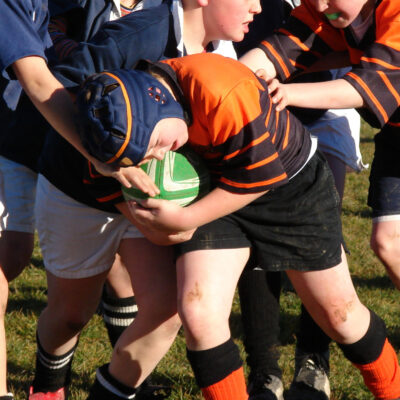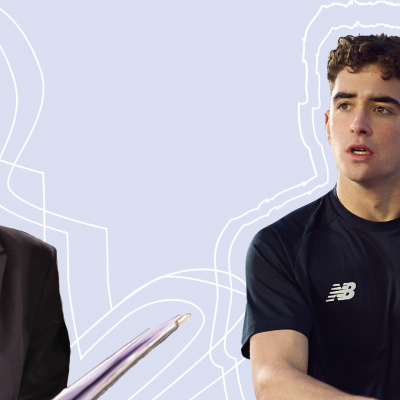When should a toddler get their first shoe? When a child starts to crawl or shuffle and pull themselves up onto their feet, a parent should look into a cruising shoe. Cruisers are very soft, flexible shoes that are lightweight and provide just enough protection and support for when toddlers are out and about. As a general rule we say that barefoot is best, but for children starting at nursery at a young age this isn’t always suitable. It also allows little ones to get used to wearing shoes.
When a child is able to walk across the room completely unaided, and is hardly crawling at all, we would suggest that a proper walking shoe should be fitted. Some styles are firmer than others, but they generally have a slightly harder sole and offer enough support when learning to walk confidently.
How often should they be measured? After the child has had their first pair of cruisers fitted, we recommend you come back for another fitting in around 6-8 weeks. After this, every 3 months is a good time period to make sure the shoes are still fitting properly. New shoes might not be needed every time, but children do tend to have sudden growth spurts – we’ve fitted feet that have grown a whole shoe size in one go! As children grow older, their feet will need to be checked less frequently.
How long do school shoes last, and what should we look for when choosing? We like to find out what each child is going to be doing in their school shoes before we try any on. If they scoot to school, play football and ride their bike in them, then a more robust style with a chunkier sole unit is going to be more suitable and last longer. It starts to get tricky when fashion is desired over function as children grow up and head off to secondary school. A smart lace up, or delicate ballet pump is not going to handle bike rides and skidding in quite the same way.
We recommend parents to budget for two pairs of school shoes a year, depending on the age of the child and how quickly they grow. Children have to wear these shoes everyday, and good quality leather school shoes means feet can breathe and be comfortable all day.
Are there any types of shoes that should be avoided for little feet? Sports trainers are often very hard and not at all flexible. Professional shoe makers design their footwear with little feet in mind, meaning the toe shapes are wide and round, following the natural shape of the foot. They’re made from high quality materials so feet can breathe and grow. Properly made shoes also offer support
at the arch and heel, where as some cheaply made trainers fit very tight and are tapered into a narrow shape, constricting those little toes.















